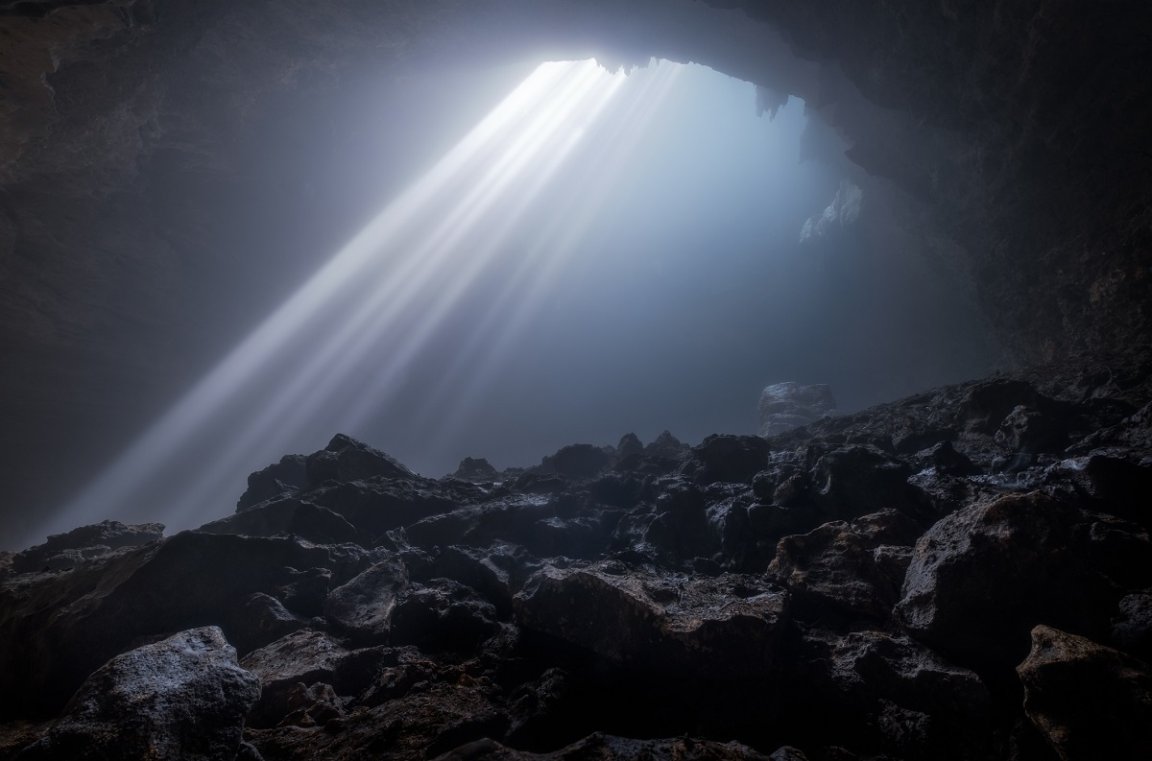
Under a Rock
A cave that’s been closed off to human visitors for 30 years has been found to contain high concentrations of microplastics — and that should worry you.
Such were the findings of a pair of new studies, the most recent of which was published in the journal Science of the Total Environment, that used the cave’s hermetic seclusion as a way of gauging just how far microplastics have penetrated the environment, and more specifically, subsurface water systems.
“A lot of research has been focused on surface water settings,” Elizabeth Hasenmueller, a geochemist and associate director of the WATER Institute at Saint Louis University who authored both studies, said in a statement. “However, one of the most understudied areas in this field relates to what’s happening to the subsurface in terms of microplastic contamination.”
Inescapable Waste
Scientists continue to find new places where these tiny shards of plastic waste — five millimeters and smaller — end up, and none of them are reassuring. Recent notable studies have discovered it everywhere from polluting clouds to the inside of human hearts.
The locale selected by the researchers is Cliff Cave, located in Missouri, and while it has been closed to the public since 1993, it is located near a residential area. As such, it’s not totally sequestered from civilization, but serves as a good case study on how human settlements impact nearby ecosystems.
The researchers found that microplastics were building up in their highest concentrations at the mouth of the cave, and then being pushed further in by water that flooded into it. Moreover, they determined that microplastics were 100 times more concentrated in the cave’s sediment than in the water.
“99 percent of the microplastic debris we found in the cave was stored in the sediment; only a very small fraction of the plastic was in the water,” Hasenmueller said.
This suggests that water is depositing the microplastics into the sediment, where it gets stored long term — decades or more — even after the water recedes, the researchers concluded, adding that airborne particles could also be settling into the cave bed.
Caving In
Ominously, Hasenmueller says that these plastic particles contaminating caves could seep into groundwater, which humans use to drink. Beyond that, it also threatens to disrupt the habitats of bats and amphibians that inhabit the caves.
Given how ubiquitous plastics are, it’ll be a difficult trend to reverse. One solution according to Hasenmueller is that society as a whole should ditch synthetic clothing.
“A lot of the debris that we found in this cave was synthetic fibers from textiles,” she said.
More on microplastics: Scientists Find That Microplastics Cause Dementia-Like Symptoms in Mice